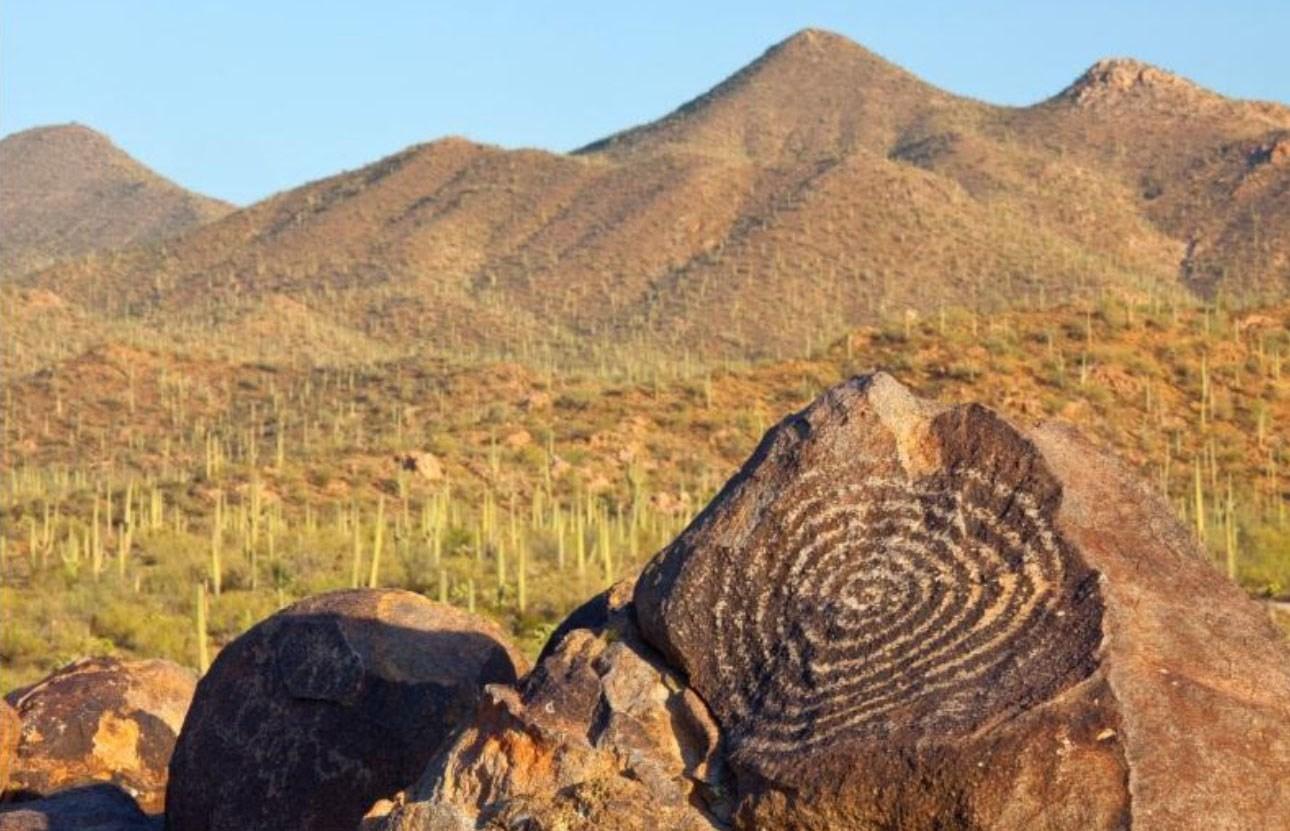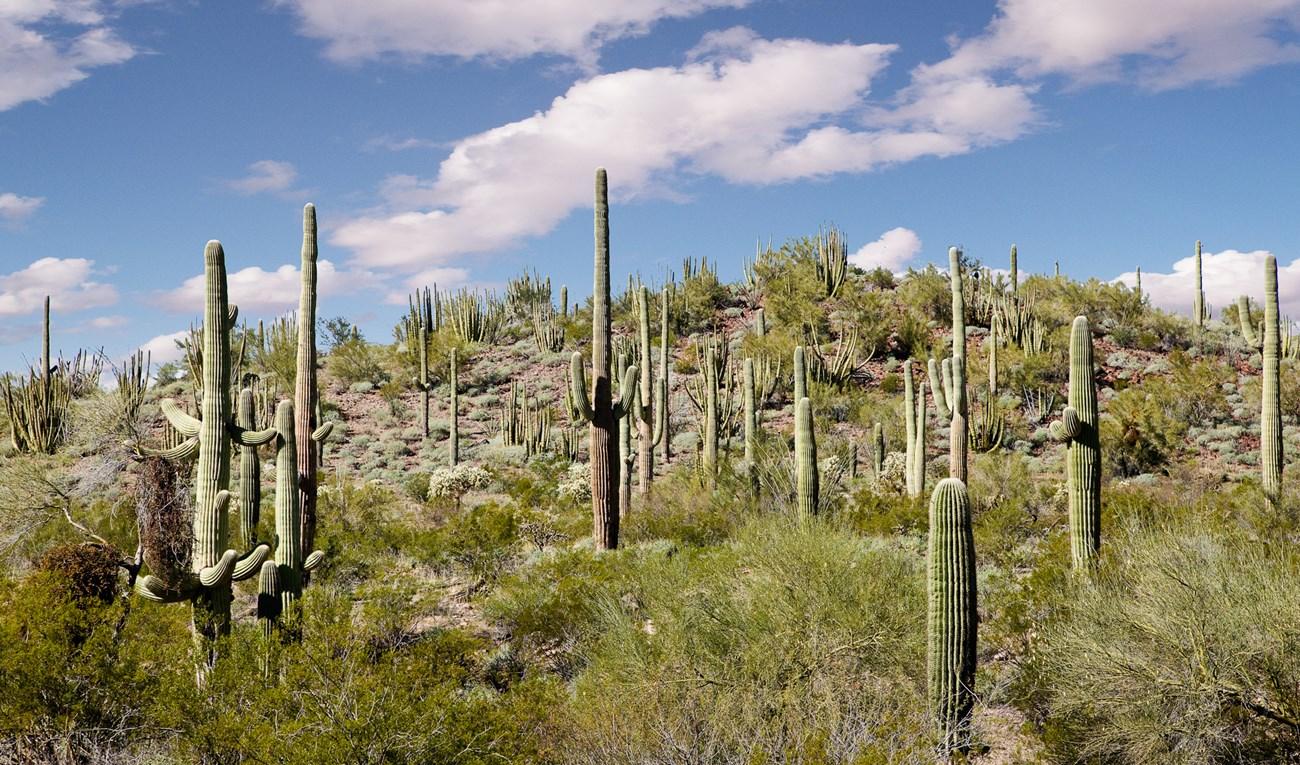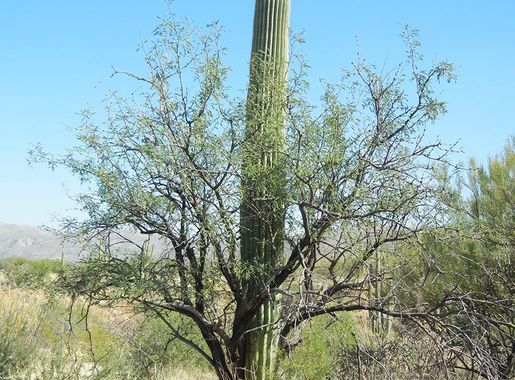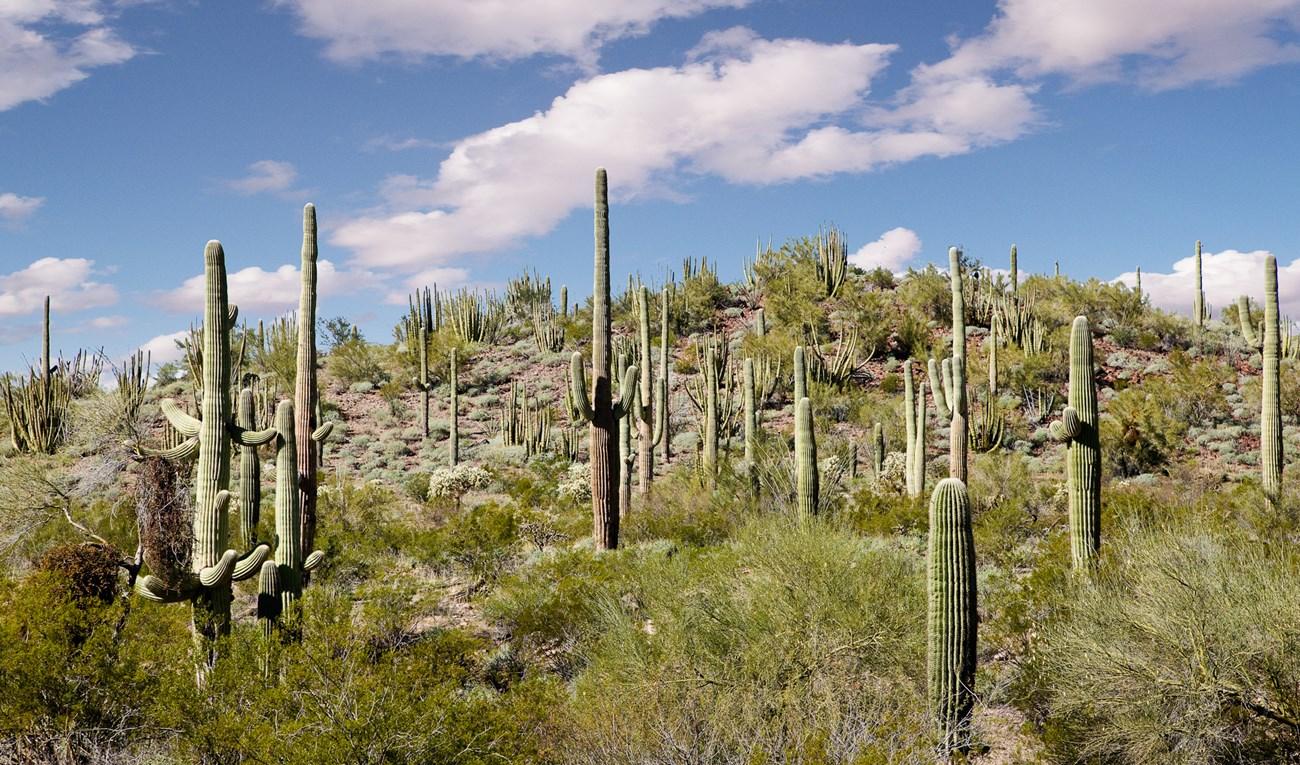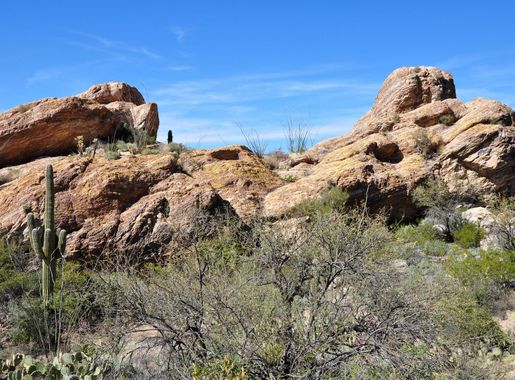
Saguaro National Park: Home of the Iconic Cactus
Discover the majestic saguaros and diverse wildlife of Saguaro National Park, a stunning desert sanctuary in Arizona, rich with natural beauty and cultural history.
Saguaro National Park, located in Arizona, United States, is a treasure trove for nature lovers and outdoor enthusiasts. This park is split into two distinct districts, the Tucson Mountain District to the west and the Rincon Mountain District to the east, both offering unique landscapes and experiences. The park is named after the saguaro cactus, an iconic symbol of the American West, which can grow up to 40 feet tall and live for over 150 years. Visitors to Saguaro National Park can explore a variety of hiking trails, ranging from easy walks to challenging backcountry treks. The park's diverse ecosystems support a wide range of wildlife, including javelinas, coyotes, and the elusive desert tortoise. Birdwatchers will also be delighted with the numerous species that call this park home, from the colorful Gila woodpecker to the soaring red-tailed hawk. In addition to its natural beauty, Saguaro National Park offers a glimpse into the region's rich cultural history. The park is dotted with ancient petroglyphs left by the Hohokam people, providing a fascinating window into the past. Ranger-led programs and visitor centers offer educational opportunities to learn more about the flora, fauna, and history of this unique desert landscape.
Local tips in Saguaro National Park
- Visit both districts to experience the full diversity of the park's landscapes and ecosystems.
- Bring plenty of water and sun protection, as temperatures can soar in the desert heat.
- Visit in the early morning or late afternoon to avoid the midday sun and catch the best light for photography.
- Check out the park's visitor centers for maps, information, and ranger-led programs.
- Keep an eye out for wildlife, but remember to observe from a distance and respect their natural habitat.
Saguaro National Park: Home of the Iconic Cactus
Saguaro National Park, located in Arizona, United States, is a treasure trove for nature lovers and outdoor enthusiasts. This park is split into two distinct districts, the Tucson Mountain District to the west and the Rincon Mountain District to the east, both offering unique landscapes and experiences. The park is named after the saguaro cactus, an iconic symbol of the American West, which can grow up to 40 feet tall and live for over 150 years. Visitors to Saguaro National Park can explore a variety of hiking trails, ranging from easy walks to challenging backcountry treks. The park's diverse ecosystems support a wide range of wildlife, including javelinas, coyotes, and the elusive desert tortoise. Birdwatchers will also be delighted with the numerous species that call this park home, from the colorful Gila woodpecker to the soaring red-tailed hawk. In addition to its natural beauty, Saguaro National Park offers a glimpse into the region's rich cultural history. The park is dotted with ancient petroglyphs left by the Hohokam people, providing a fascinating window into the past. Ranger-led programs and visitor centers offer educational opportunities to learn more about the flora, fauna, and history of this unique desert landscape.
When is the best time to go to Saguaro National Park?
Iconic landmarks you can’t miss
Red Hills Visitor Center
Explore the natural beauty and cultural heritage of Saguaro National Park at the Red Hills Visitor Center in Tucson, Arizona.
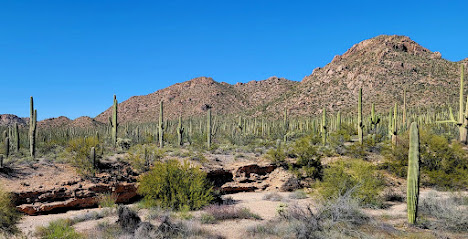
Rincon Mountain Visitor Center
Experience the breathtaking landscapes and rich biodiversity at Rincon Mountain Visitor Center in Tucson, Arizona, your gateway to Saguaro National Park.
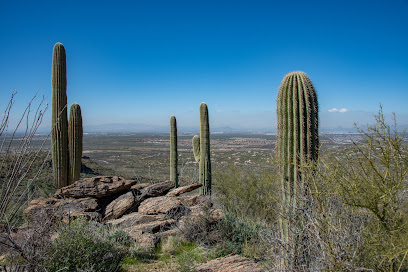
Javelina Rocks
Experience the stunning vistas and unique rock formations of Javelina Rocks in Saguaro National Park, a must-see for nature lovers visiting Tucson, Arizona.
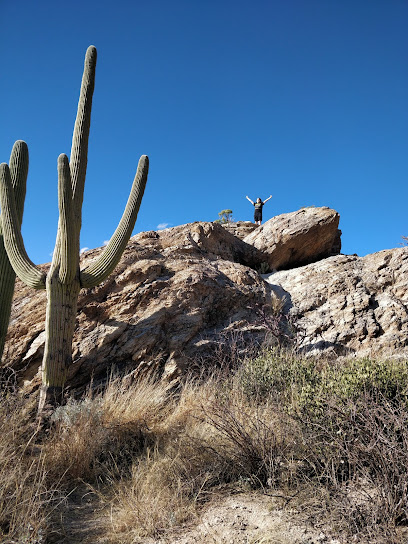
Saguaro National Park Sign
Explore the breathtaking landscapes and iconic cacti of Saguaro National Park, a natural wonder in Tucson, Arizona.
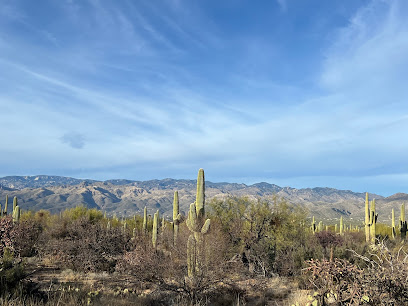
Saguaro National Park East Side
Experience the awe-inspiring beauty of Saguaro National Park East Side, where towering cacti and vibrant wildlife create a unique desert adventure in Arizona.
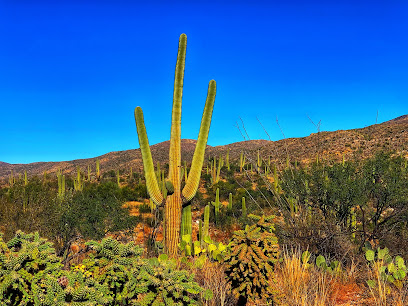
Unmissable attractions to see
Arizona-Sonora Desert Museum
Uncover the extraordinary biodiversity of the Sonoran Desert at the Arizona-Sonora Desert Museum, a unique blend of nature and art.
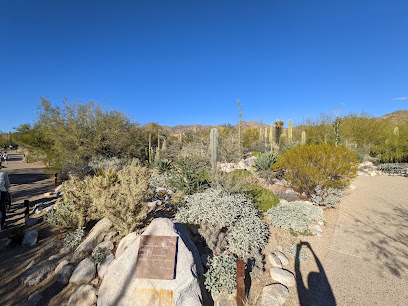
Pima Air & Space Museum
Discover the wonders of aviation and space exploration at the Pima Air & Space Museum in Tucson, Arizona, featuring over 400 historic aircraft and engaging exhibits.
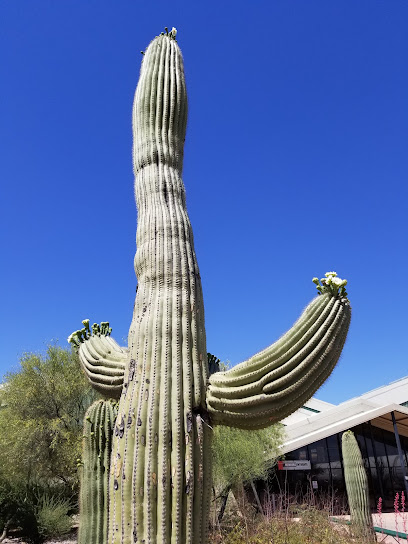
San Xavier del Bac Mission
Discover the rich history and breathtaking architecture of San Xavier del Bac Mission, a spiritual and cultural landmark in Tucson, Arizona.
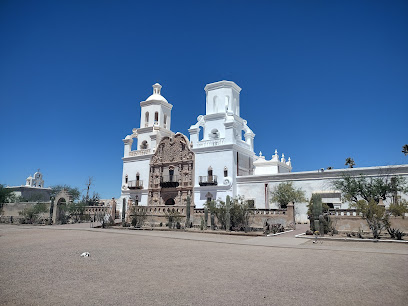
Coronado National Forest
Explore the breathtaking Coronado National Forest, a haven of natural beauty in Tucson, Arizona, perfect for hiking, camping, and wildlife watching.
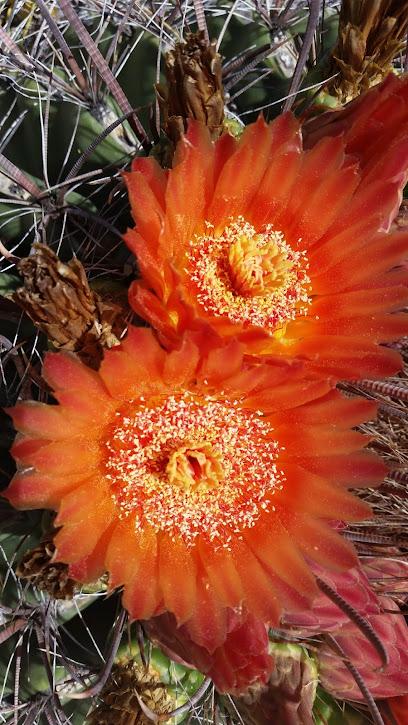
Coronado National Forest
Explore the pristine landscapes and diverse wildlife of Coronado National Forest, a nature lover's paradise in Tucson, Arizona.
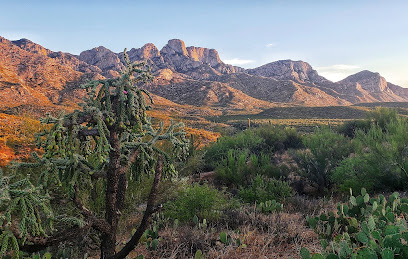
Sabino Canyon Recreation Area
Explore the breathtaking landscapes and diverse wildlife of Sabino Canyon Recreation Area, a top destination for outdoor enthusiasts in Tucson, Arizona.

Sabino Canyon Recreation Area
Explore the breathtaking landscapes and diverse wildlife at Sabino Canyon Recreation Area, a paradise for nature lovers and outdoor enthusiasts in Tucson, Arizona.
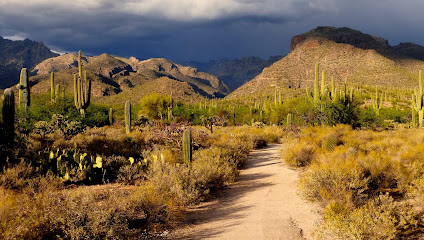
Old Tucson
Discover the spirit of the Wild West at Old Tucson, a captivating theme park filled with history, adventure, and entertainment for the whole family.
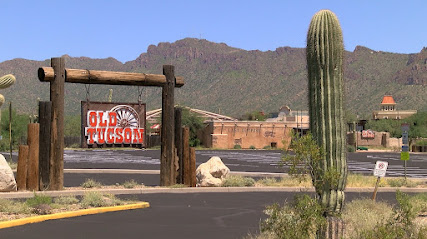
Titan Missile Museum
Discover the unique Cold War history at the Titan Missile Museum, the only remaining Titan II missile site open to the public in Arizona.
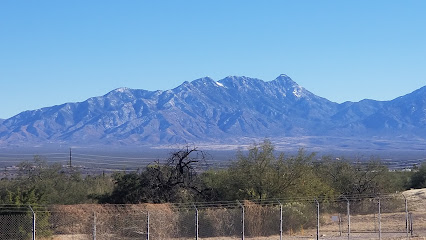
Colossal Cave Mountain Park
Discover the natural beauty and historical intrigue of Colossal Cave Mountain Park in Vail, Arizona, a premier destination for adventure and exploration.
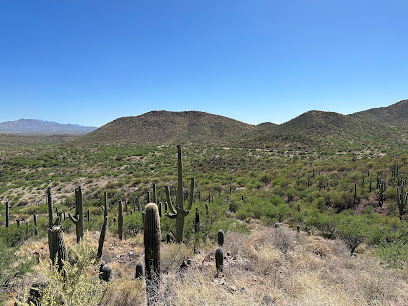
Windy Point Vista
Discover breathtaking views and natural beauty at Windy Point Vista, a must-visit scenic spot in the heart of Arizona's Catalina Mountains.
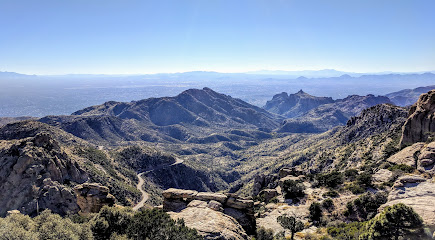
Tohono Chul | Gardens, Galleries, and Bistro
Experience the beauty of nature and art at Tohono Chul, a stunning botanical garden and cultural oasis in Tucson, Arizona.
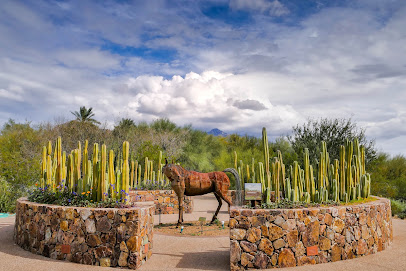
Organ Pipe Cactus National Monument
Explore the stunning desert landscapes and diverse wildlife of Organ Pipe Cactus National Monument, a unique national treasure in Arizona.
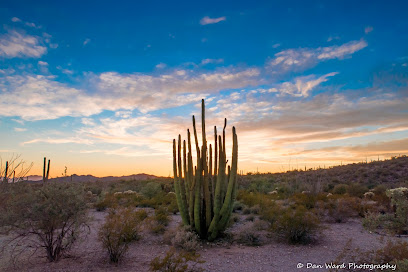
Funtasticks Family Fun Park
Dive into endless fun at Funtasticks Family Fun Park, Tucson's ultimate family entertainment destination offering go-karts, laser tag, miniature golf, and more!
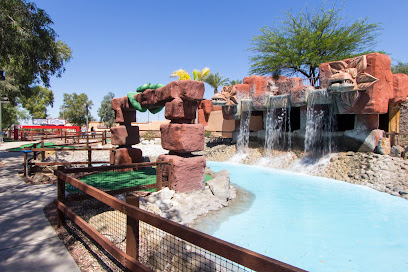
Agua Caliente Regional Park
Experience the serene beauty of Agua Caliente Regional Park – a desert oasis with lush greenery, wildlife, and rich cultural heritage in Tucson, Arizona.

Essential places to dine
Cracker Barrel Old Country Store
Savor delicious Southern comfort food at Tucson's beloved Cracker Barrel Old Country Store – where every meal feels like home.

In-N-Out Burger
Savor delicious burgers and fries at In-N-Out Burger in Tucson—a must-visit for every food lover exploring Arizona.
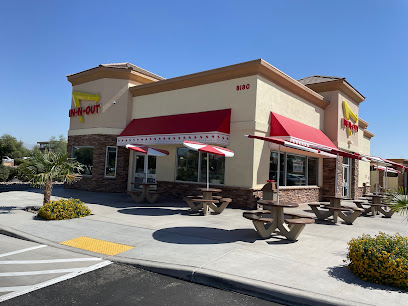
Saguaro Corners Restaurant & Bar
Experience authentic American cuisine with a Southwestern twist at Saguaro Corners Restaurant & Bar near Tucson's iconic Saguaro National Park.
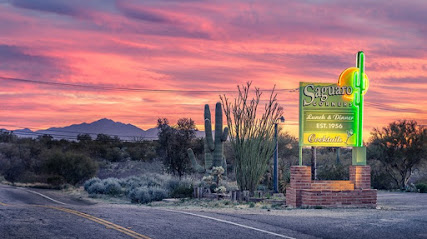
Markets, malls and hidden boutiques
Saguaro National Park
Discover the breathtaking beauty of Saguaro National Park, home to iconic cacti and a stunning desert landscape in Arizona.
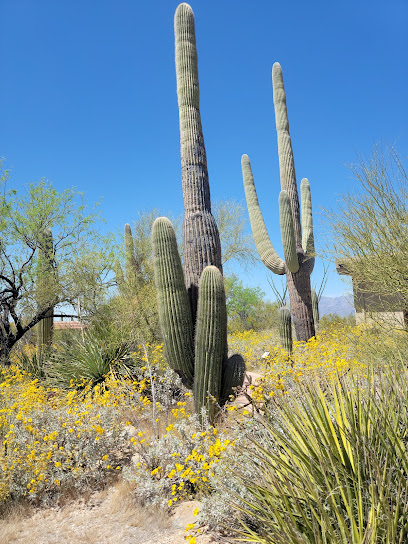
Saguaro Vista Shopping Center
Explore Saguaro Vista Shopping Center: A vibrant shopping destination in Tucson with diverse retail options and delightful dining experiences.
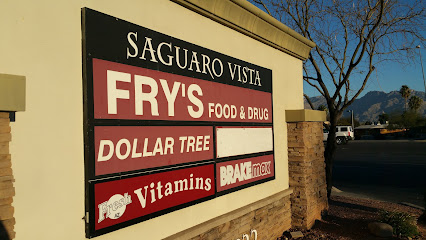
Midtown Mercantile Merchants, LLC
Explore a vibrant marketplace of unique gifts, art, and antiques at Midtown Mercantile Merchants, a treasure trove in Tucson, Arizona.

Injoy Thrift Stores
Discover unique treasures at Injoy Thrift Stores in Tucson, Arizona, where sustainable shopping meets an eclectic selection of vintage finds.

Old Town Artisans | Downtown Tucson Shops
Discover unique handmade crafts and local artistry at Old Town Artisans, the heart of Tucson's creative community.
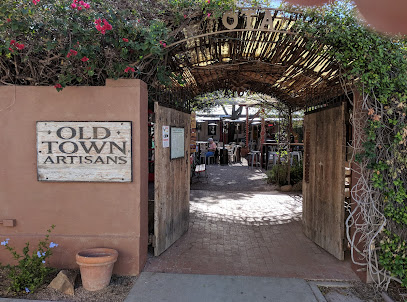
The Happy Saguaro
Explore The Happy Saguaro in Tucson for unique home goods and gifts that reflect Arizona's vibrant culture and creativity.
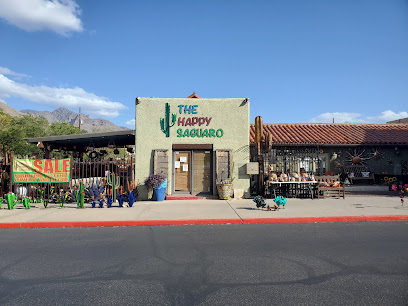
Rocking K Market
Discover the flavors of Tucson at Rocking K Market, your go-to grocery store for fresh produce and local delicacies.
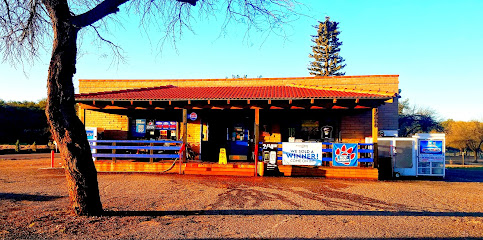
The Seasoned Woman
Discover unique gifts and local treasures at The Seasoned Woman, Tucson's favorite gift shop and boutique.
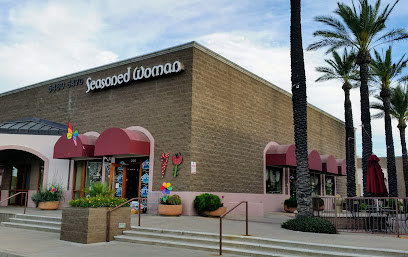
Que Bonita Furniture
Explore Que Bonita Furniture, Tucson's premier destination for unique gifts, stunning pottery, and authentic Native American crafts.
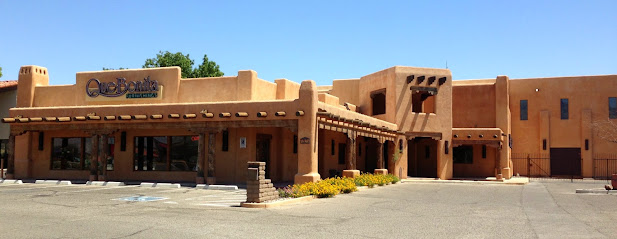
BoxLunch
Discover unique collectibles and pop culture gifts at BoxLunch in Tucson's Park Place Mall, where every purchase helps feed those in need.

Arizona Poppy
Explore Arizona Poppy, Tucson's premier gift shop featuring locally crafted treasures and unique souvenirs that celebrate the spirit of the Southwest.
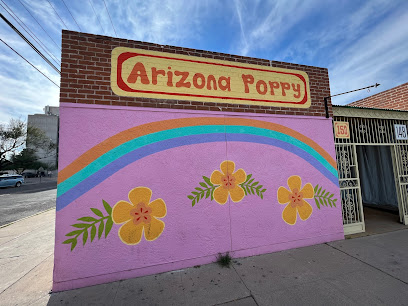
The Lost Barrio Shops
Discover the charm of The Lost Barrio Shops in Tucson, where local art and unique furniture come together in a vibrant shopping experience.
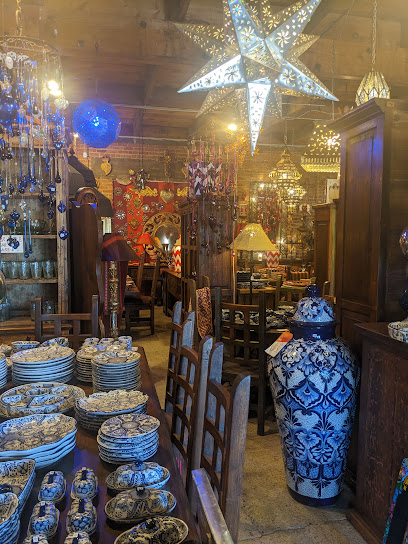
Tucson Desert Art Museum and Four Corners Gallery
Explore the vibrant art and cultural heritage of the Southwest at the Tucson Desert Art Museum and Four Corners Gallery.
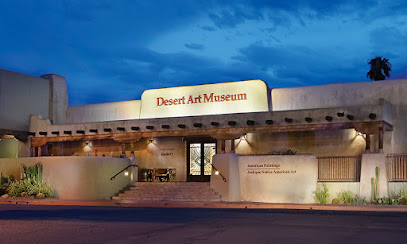
Girlfriends Closet
Explore unique women's fashion at Girlfriends Closet, a Tucson boutique offering trendy styles and sustainable shopping.

the West
Explore The West in Tucson, Arizona - your destination for unique gifts and local treasures that capture the spirit of the Southwest.

Essential bars & hidden hideouts
Guadalajara Fiesta Grill
Experience the vibrant flavors of Mexico at Guadalajara Fiesta Grill, Tucson's top destination for authentic Mexican cuisine and a lively dining atmosphere.
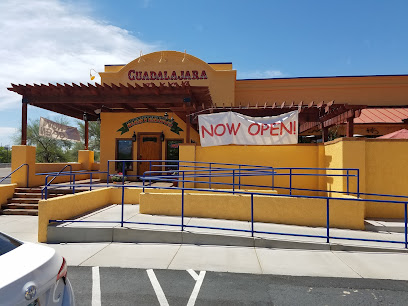
The Oink Cafe
Discover the vibrant flavors of Tucson at The Oink Cafe, your go-to destination for delicious breakfast and brunch with plenty of options for every palate.
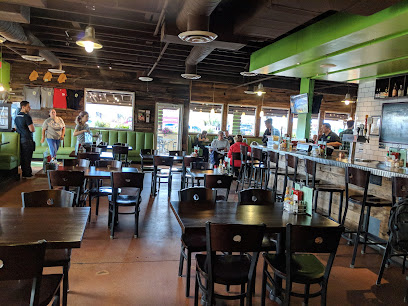
Brother John's Beer Bourbon & BBQ
Experience Tucson's vibrant culinary scene at Brother John's Beer Bourbon & BBQ, where smoky flavors and craft beverages come together in a lively atmosphere.
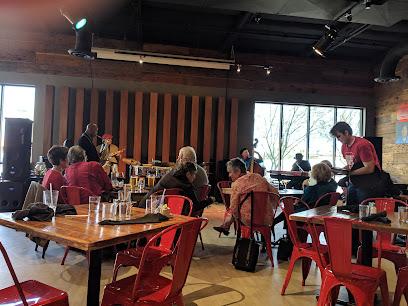
Saguaro Corners Restaurant & Bar
Discover the flavors of America at Saguaro Corners Restaurant & Bar, featuring a lively atmosphere, craft cocktails, and a beautiful beer garden in Tucson, AZ.

Poco & Moms Cantina
Discover the flavors of Mexico at Poco & Moms Cantina, Tucson's perfect spot for authentic cuisine and vibrant atmosphere.
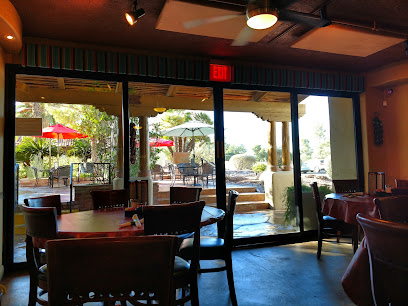
Divine Bovine Burgers
Discover Divine Bovine Burgers in Tucson: a gourmet hamburger haven with unique flavors and a welcoming atmosphere.

North Italia
Experience authentic Italian cuisine at North Italia, a Tucson favorite known for its fresh ingredients and welcoming ambiance, perfect for families and food lovers.
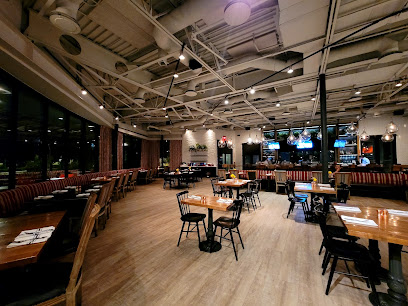
Blanco Cocina + Cantina
Experience the vibrant flavors of Mexico at Blanco Cocina + Cantina, Tucson's ultimate destination for Mexican cuisine and craft cocktails.
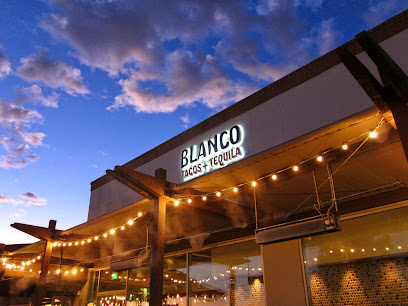
Li'l Abner's Steakhouse
Experience the best of Tucson dining at Li'l Abner's Steakhouse, where delicious steaks and live music create unforgettable memories.
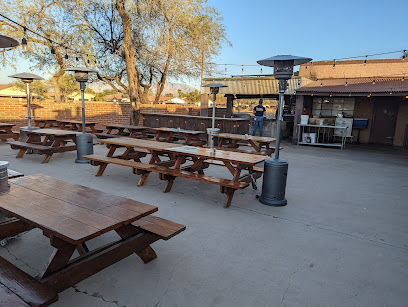
Sky Bar Tucson
Discover the vibrant atmosphere, live music, and stunning views at Sky Bar Tucson, a must-visit destination for every traveler in Arizona.

Gentle Ben's Brewing
Discover the fusion of craft brews and delicious cuisine at Gentle Ben's Brewing in Tucson, a must-visit brewpub experience.
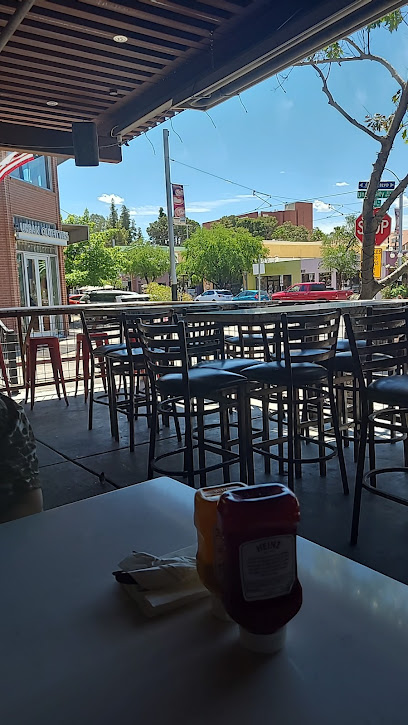
The Neighborhood Bar OG
Experience the best of Tucson dining at The Neighborhood Bar OG, a grill and pub known for its burgers, tacos, and vibrant atmosphere.
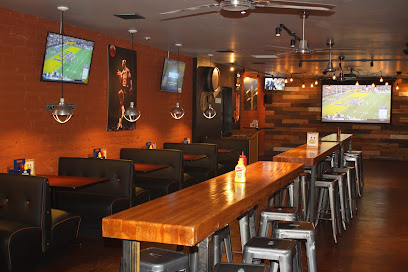
The Shelter Bar
Experience Tucson's vibrant nightlife at The Shelter Bar, a cozy cocktail lounge offering expertly crafted drinks and a welcoming atmosphere.

Postino Grant
Discover Postino Grant in Tucson - a delightful restaurant and wine bar offering brunch, catering, and a cozy atmosphere perfect for any occasion.
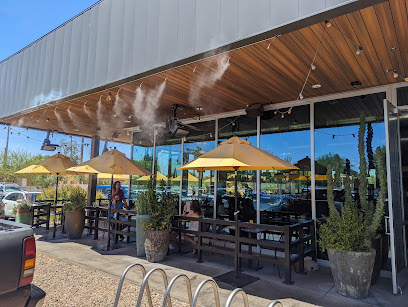
Playground Bar and Lounge
Experience the lively ambiance and delicious offerings of Playground Bar and Lounge in the heart of Tucson's vibrant downtown.
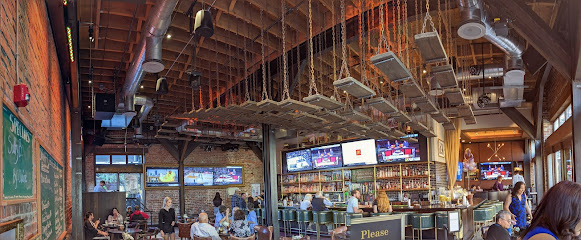
Local Phrases about Saguaro National Park
-
- HelloHola
[oh-lah] - GoodbyeAdiós
[ah-dee-ohs] - YesSí
[see] - NoNo
[noh] - Please/You're welcomePor favor/De nada
[por fah-vor/de nah-dah] - Thank youGracias
[grah-see-ahs] - Excuse me/SorryPerdón/Lo siento
[pair-dohn/loh see-en-toh] - How are you?¿Cómo estás?
[koh-moh es-tahs] - Fine. And you?Bien. ¿Y tú?
[byen. ee too] - Do you speak English?¿Hablas inglés?
[ah-blahs een-glays] - I don't understandNo entiendo
[noh en-tee-en-doh]
- HelloHola
-
- I'd like to see the menu, pleaseMe gustaría ver el menú, por favor
[may goo-stah-ree-ah ver el meh-noo, por fah-vor] - I don't eat meatNo como carne
[noh koh-moh kahr-neh] - Cheers!¡Salud!
[sah-lood] - I would like to pay, pleaseMe gustaría pagar, por favor
[may goo-stah-ree-ah pah-gar, por fah-vor]
- I'd like to see the menu, pleaseMe gustaría ver el menú, por favor
-
- Help!¡Ayuda!
[ah-yoo-dah] - Go away!¡Vete!
[veh-teh] - Call the Police!¡Llama a la policía!
[yah-mah ah lah poh-lee-see-ah] - Call a doctor!¡Llama a un médico!
[yah-mah ah oon meh-dee-koh] - I'm lostEstoy perdido
[es-toy pair-dee-doh] - I'm illEstoy enfermo
[es-toy en-fehr-moh]
- Help!¡Ayuda!
-
- I'd like to buy...Me gustaría comprar...
[may goo-stah-ree-ah kohm-prar] - I'm just lookingSolo estoy mirando
[soh-loh es-toy mee-rahn-doh] - How much is it?¿Cuánto cuesta?
[kwan-toh kwehs-tah] - That's too expensiveEs demasiado caro
[es deh-mah-see-ah-doh kah-roh] - Can you lower the price?¿Puedes rebajar el precio?
[pweh-dehs reh-bah-har el preh-see-oh]
- I'd like to buy...Me gustaría comprar...
-
- What time is it?¿Qué hora es?
[keh oh-rah es] - It's one o'clockEs la una
[es lah oo-nah] - Half past (10)Media hora (10)
[meh-dee-ah oh-rah (diez)] - MorningMañana
[mah-nyah-nah] - AfternoonTarde
[tahr-deh] - EveningNoche
[noh-cheh] - YesterdayAyer
[ah-yehr] - TodayHoy
[oy] - TomorrowMañana
[mah-nyah-nah] - 1Uno
[oo-noh] - 2Dos
[dohs] - 3Tres
[trehs] - 4Cuatro
[kwah-troh] - 5Cinco
[seen-koh] - 6Seis
[say-ees] - 7Siete
[syeh-teh] - 8Ocho
[oh-choh] - 9Nueve
[nweh-veh] - 10Diez
[dyehs]
- What time is it?¿Qué hora es?
-
- Where's a/the...?¿Dónde está el/la...?
[dohn-deh es-tah el/lah] - What's the address?¿Cuál es la dirección?
[kwal es lah dee-rehk-see-ohn] - Can you show me (on the map)?¿Puedes enseñarme (en el mapa)?
[pweh-dehs en-seh-nyar-meh (en el mah-pah)] - When's the next (bus)?¿Cuándo es el próximo (autobús)?
[kwan-doh es el proh-ksee-moh (ow-toh-boos)] - A ticket (to ....)Un boleto (a ...)
[oon boh-leh-toh (ah)]
- Where's a/the...?¿Dónde está el/la...?
History of Saguaro National Park
-
Long before Saguaro National Park was established, the region was inhabited by the Hohokam people. This ancient civilization thrived in the Sonoran Desert from approximately 200 to 1450 AD. They developed sophisticated irrigation systems to cultivate crops in the harsh desert environment. Evidence of their presence, such as petroglyphs and pottery shards, can still be found in the area.
-
In the 16th century, Spanish explorers ventured into the region that is now Saguaro National Park. Notably, the expeditions led by Francisco Vázquez de Coronado in 1540 and Father Eusebio Francisco Kino in the late 1600s left their mark on the area. Kino established missions and introduced European agricultural practices, influencing the region's development.
-
During the 19th century, the area around Saguaro National Park was a battleground in the Apache Wars. The Apache tribes, led by figures such as Geronimo, resisted American and Mexican encroachments on their lands. The conflict lasted several decades, significantly impacting the region's history and shaping its cultural landscape.
-
The nearby city of Tucson, founded in 1775, played a crucial role in the development of the region. Originally a Spanish fort, Tucson became a hub for trade and settlement. Its growth influenced the surrounding areas, including what would become Saguaro National Park, as settlers moved into the region and began to utilize its resources.
-
On March 1, 1933, President Herbert Hoover established Saguaro National Monument to protect the iconic saguaro cactus and the unique desert ecosystem. The monument was created in response to growing concerns about the impact of livestock grazing and other human activities on the delicate desert environment.
-
In 1961, Saguaro National Monument was expanded to include the Tucson Mountain District, significantly increasing its protected area. Later, in 1994, it was designated as Saguaro National Park by Congress. This change reflected the growing recognition of the park's ecological and cultural significance, ensuring its preservation for future generations.
-
Throughout its history, Saguaro National Park has been the focus of numerous conservation efforts. These initiatives aim to protect the park's unique flora and fauna, including the iconic saguaro cactus. Programs addressing invasive species, habitat restoration, and public education have played a crucial role in maintaining the park's ecological balance.
-
The Tohono O'odham Nation and other indigenous peoples have a deep cultural and spiritual connection to the land that is now Saguaro National Park. Their traditional knowledge and practices continue to influence the park's management and interpretation, highlighting the enduring legacy of Native American cultures in the region.
Saguaro National Park Essentials
-
Saguaro National Park is located in southern Arizona, near the city of Tucson. The nearest airport is Tucson International Airport, approximately 15 miles southwest of the park. From the airport, you can rent a car or take a taxi to reach the park. Alternatively, you can fly into Phoenix Sky Harbor International Airport, which is about a 2-hour drive from the park. There are also bus services from Tucson and Phoenix to the park's vicinity.
-
Having a car is the most convenient way to explore Saguaro National Park, as public transportation options within the park are limited. Rental cars are available at both Tucson and Phoenix airports. The park is divided into two districts: the Rincon Mountain District (East) and the Tucson Mountain District (West). Each district has its own entrance and road networks, so plan your visit accordingly. Bicycles are also allowed on certain roads and trails within the park. There are no shuttle services within the park, so make sure to plan your transportation in advance.
-
The official currency in the United States is the US Dollar (USD). Credit cards are widely accepted at the park's visitor centers, gift shops, and nearby restaurants and hotels. ATMs are available in Tucson, but it's a good idea to carry some cash for park entrance fees and any small purchases. Entrance fees can also be paid online through the National Park Service website.
-
Saguaro National Park is generally safe for tourists, but it's important to take standard precautions. Stay hydrated, as temperatures can soar in the summer. Always inform someone of your hiking plans and expected return time. While the park itself is safe, be cautious in the surrounding areas of Tucson, especially at night. Avoid leaving valuables in your car and always lock your vehicle. Be aware of wildlife and maintain a safe distance from animals.
-
In case of emergency, dial 911 for immediate assistance. The park has rangers who can help in emergency situations. Visitor centers are equipped with first aid supplies and can provide assistance. It's advisable to carry a basic first aid kit and have travel insurance that covers medical emergencies. For minor issues, there are pharmacies and medical facilities in Tucson.
-
Fashion: Do wear lightweight, breathable clothing and a hat to protect against the sun. Don't forget sunscreen and sunglasses. Religion: Do respect the cultural significance of the land to Native American tribes. Public Transport: Do note that public transport options are limited; car rental is recommended. Greetings: Do greet people with a friendly 'hello' or 'hi'; Americans appreciate politeness. Eating & Drinking: Do stay hydrated, especially while hiking. Don't leave food or trash behind, as it can harm wildlife.
-
To experience Saguaro National Park like a local, visit in the early morning or late afternoon to avoid the heat and see wildlife. Check out the Signal Hill Petroglyphs in the Tucson Mountain District for a glimpse into ancient Native American history. Engage with park rangers at the visitor centers; they offer valuable insights and tips for your visit. Don't miss the scenic drives, such as the Cactus Forest Drive in the Rincon Mountain District and the Bajada Loop Drive in the Tucson Mountain District. Bring binoculars for bird watching, as the park is home to numerous bird species.
Nearby Cities to Saguaro National Park
-
Things To Do in Bisbee
-
Things To Do in Chandler
-
Things To Do in Gilbert
-
Things To Do in Mesa
-
Things To Do in Tempe
-
Things To Do in Scottsdale
-
Things To Do in Phoenix
-
Things To Do in Prescott
-
Things To Do in Winslow
-
Things To Do in Sedona
-
Things To Do in Truth or Consequences
-
Things To Do in Flagstaff
-
Things To Do in Las Cruces
-
Things To Do in Yuma
-
Things To Do in White Sands

